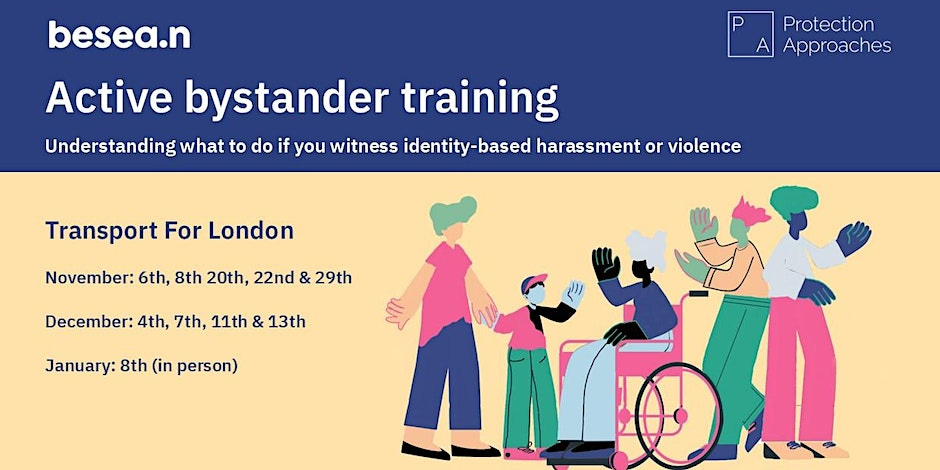I took part in TfL’s “Active Bystander training”
We spent 10 minutes looking at a photo of sheep
On Wednesday morning, out of journalistic curiosity, I sat through a new course from Transport for London (TfL), titled: “Active Bystander training”.
I first heard about the course on Sadiq Khan’s social media feed and decided to sign up. After all, crime is up in London - with 12,786 knife offences carried out in the year to March 2023 - so what better …
Keep reading with a 7-day free trial
Subscribe to Charlotte Gill to keep reading this post and get 7 days of free access to the full post archives.




